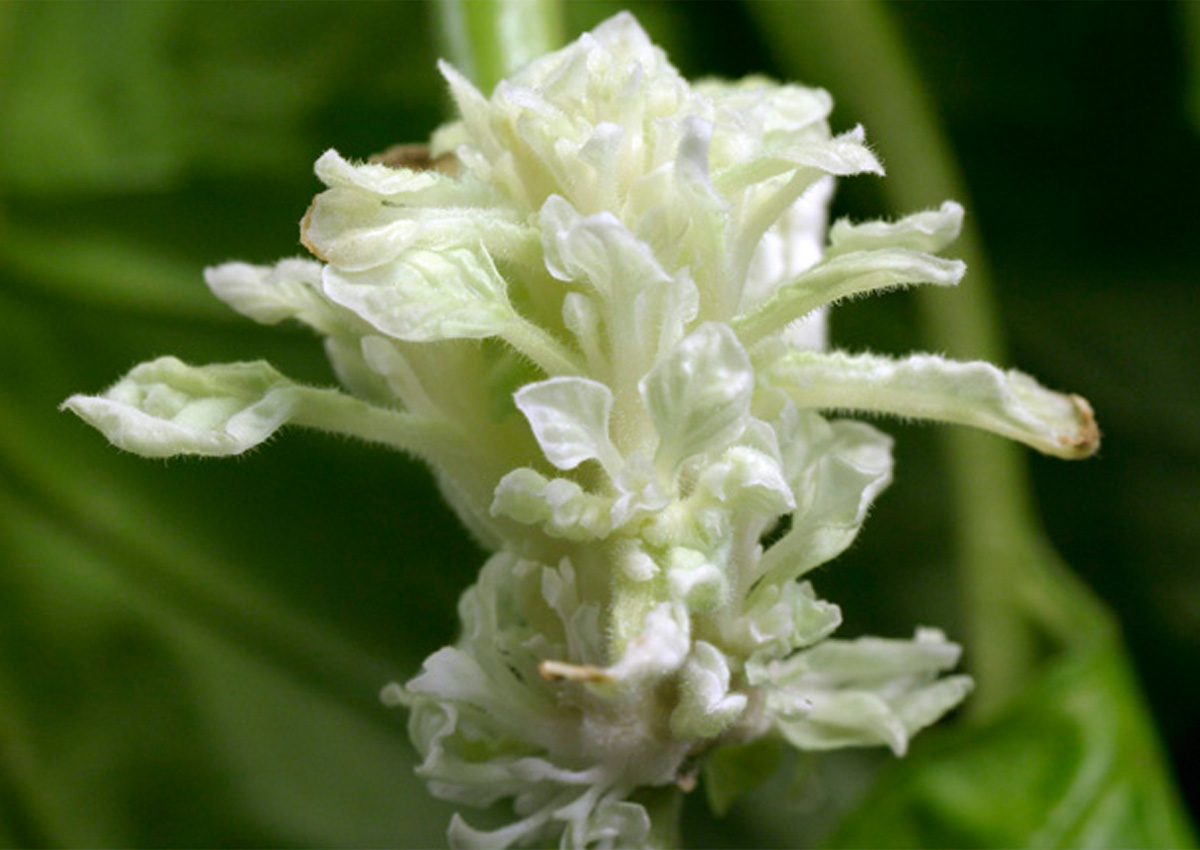
New Methods Promise to Speed Up Development of New Plant Varieties
December 18, 2019| |
Despite dramatic advances in genome editing with tools such as CRISPR and TALENs, researchers are still using tissue culture in developing and testing new crop varieties. It has been in use for decades and is costly, labor intensive, and requires precise work in a sterile environment. Now, a research team from the University of Minnesota has developed two new methods that will make it significantly faster to produce gene-edited plants. They hope that with these two methods, they could alleviate a long-standing bottleneck in gene editing.
The new methods will:
- drastically reduce the time needed to edit plant genes from as long as nine months to as short as a few weeks;
- work in more plant species than was possible using tissue culture, which is limited to specific species and varieties;
- and allow researchers to produce genetically edited plants without the need of a sterile lab, making it a viable approach for small labs and companies to utilize.
Ryan Nasti and Michael Maher developed new methods that leverage important plant growth regulators responsible for plant development. Nasti's approach allows small-scale rapid testing — with results in weeks instead of months or years — of different combinations of growth regulators. Maher used the same basic principles to make the process more accessible by eliminating the need for a sterile lab environment. This technique opens up the possibility that smaller research groups with fewer resources can gene edit plants and test how well they do. The researchers used tobacco as their model, but have already shown the methods also work in grape, tomato, and potato plants.
For more details, read the news release from the University of Minnesota.
| |
You might also like:
- Harvard, MIT Experts Develop New Gene Editing Technology
- Australia Updates Gene Technology Regulations; Will Not Regulate Gene Editing in Plants Without New Genetic Material
- ISAAA Pocket K No. 54: Plant Breeding Innovation: CRISPR-Cas9
Biotech Updates is a weekly newsletter of ISAAA, a not-for-profit organization. It is distributed for free to over 22,000 subscribers worldwide to inform them about the key developments in biosciences, especially in biotechnology. Your support will help us in our mission to feed the world with knowledge. You can help by donating as little as $10.
-
See more articles:
-
News from Around the World
- Nigeria Commercializes Pod Borer Resistant Cowpea, its First GM Food Crop
- Scientists Discover Corn Gene for Abundant Kernels
- Bt Eggplant Can Boost Marketable Yield by 192% in PH
- Philippines Approves Golden Rice for Direct Use as Food and Feed, or for Processing
- Agri-biotech Vital for Future Food Security, Pakistan S&T Minister Declares
- Rothamsted Research Study Finds European Wheat Can Yield Far More Than Current Production
- Research Team Discovers Genes Driving Plant Architecture
-
Research Highlights
- New Eco-friendly Protein Antibiotics Fight Off Crop Diseases
-
Plant
- New Methods Promise to Speed Up Development of New Plant Varieties
- Rice Scientists Use CRISPR-Cas9 to Develop High-yielding Semi-dwarf Rice Lines
-
Read the latest: - Biotech Updates (January 14, 2026)
- Gene Editing Supplement (December 17, 2025)
- Gene Drive Supplement (February 22, 2023)
-
Subscribe to BU: - Share
- Tweet

